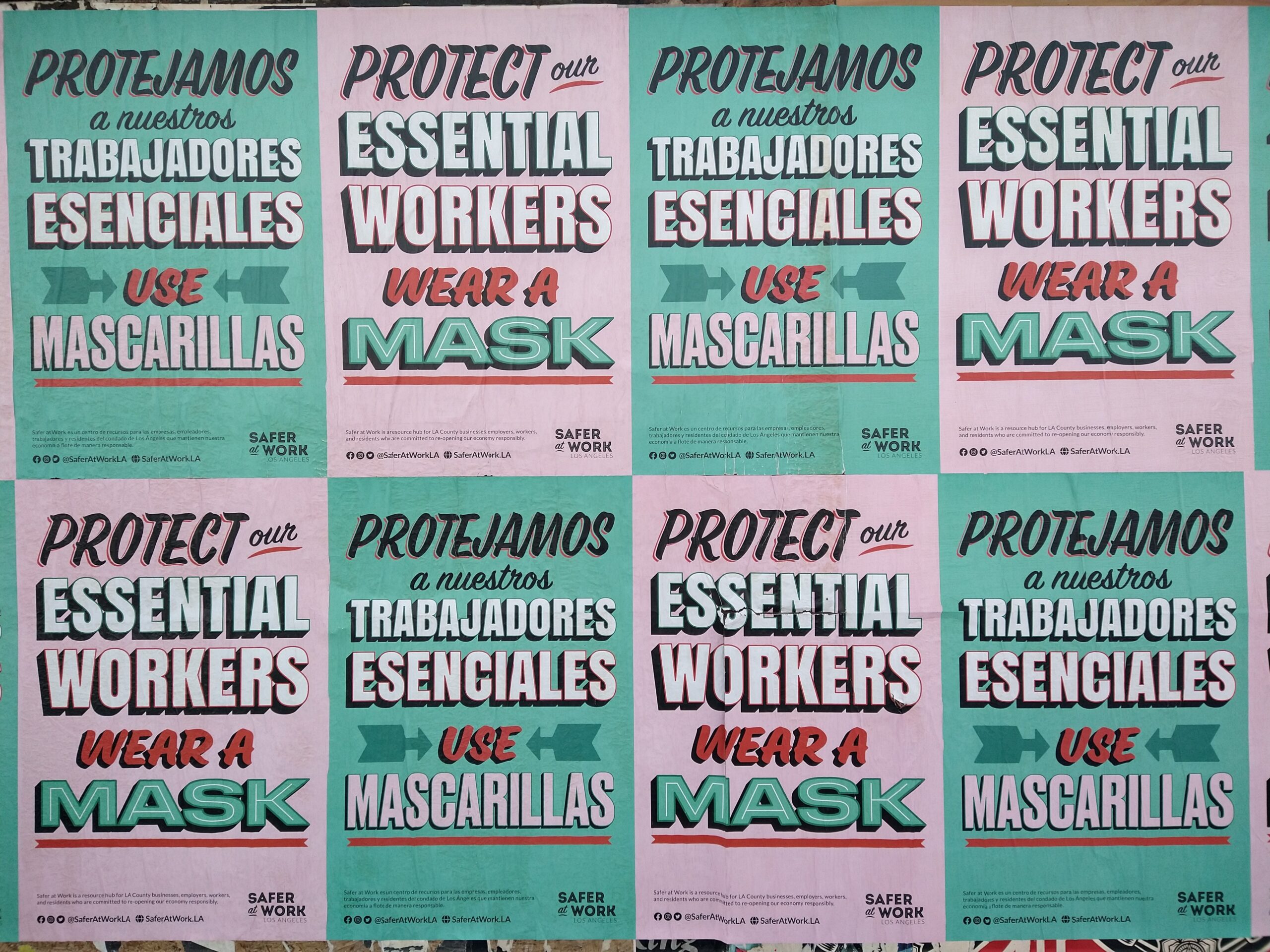By Daniel Kimbell*
Fear surrounding Covid-19 has gripped the globe, and researchers are diligently searching for a magic bullet in the form of a vaccine. Not surprising, there is a lot of news coverage surrounding new vaccine development in the UK, the US and China. It may be that several different vaccines will eventually be needed to bring this pandemic under control and to allow the world to return to some kind of normal.
While there is a great need for Covid-19 vaccines to be developed and brought to market quickly, history has shown that when shortcuts are taken with medical clinical trials, people are placed at an untenable risk. Following safe clinical trials norms need not and must not be shortchanged in process. Therefore, before vaccines can be approved and offered to the public, their developers must follow well-established clinical trial processes to prove that experimental vaccines are both safe and effective. In the U.S., this process is carried out under the auspices of the U.S. Food and Drug Administration (FDA).
Approval of vaccines follow a clinical trial pathway that includes at least three “Phases”, which are described below. Before, during, and especially at the conclusion of each Phase, researcher questions and clinical findings are presented to the FDA for their input and consent to move onto the next Phase.
In an optional Phase 0 trial, the pharmacodynamics (how a vaccine affects the body) and the pharmacokinetics (what the body does to the vaccine) are studied. For a vaccine under study, the Phase 0 trial looks into the absorption, distribution, metabolization, excretion of the vaccine, and the vaccine’s interactions within the body, all to confirm that nothing is amiss.
Phase I clinical trials primarily involve screening a vaccine for safety. Phase 1 clinical trials are generally small and involve testing in humans to evaluate safety, determine safe dosage ranges, and identify possible side effects. Failure to pass Phase I means the clinical development stops.
Assuming that the findings of the Phase I clinical trial are that the experimental vaccine is safe and does not have serious side effects, the researchers can move to Phase II clinical trials. Phase II clinical trials are larger than Phase I clinical trials and are used to preliminary establish the efficacy of a vaccine in a “treatment group” compared to in a “placebo control group.” Phase II trials can also include dose-finding to optimize the dose. Phase II trials are usually run as a double-blind trial where the study participants and the researchers do not know if a study participant is receiving the experimental vaccine or a placebo. Sometimes because of ethical concerns, clinical trials forego having a placebo group and instead compare the results from participants receiving the experimental vaccine against the results from the general population.
If the experimental vaccine shows promising safety and efficacy in Phase II trials, Phase III clinical trials follow, and involve a larger group of study participants to confirm efficacy, evaluate effectiveness, and further tease out possible side effects. The FDA requires that the Phase III trials take place at multiple test locations (often around the world) and with different patient populations, e.g., young, old, all genders, various races, etc. The FDA prefers to have at least two separate Phase III trials before granting marketing approval. However, with overwhelmingly positive Phase III results, this requirement is often relaxed.
Once the Phase III studies are completed and all hurdles are cleared, the applicant applies to the FDA for marketing approval. Assuming the FDA agrees that the drug is safe and effective, the FDA will work with the applicant to determine what public information will be provided with the vaccine (the “label”) so that the vaccine can be safely and properly administered.
Here is to the day when we can be protected from Covid-19 by a safe and effective vaccine!

